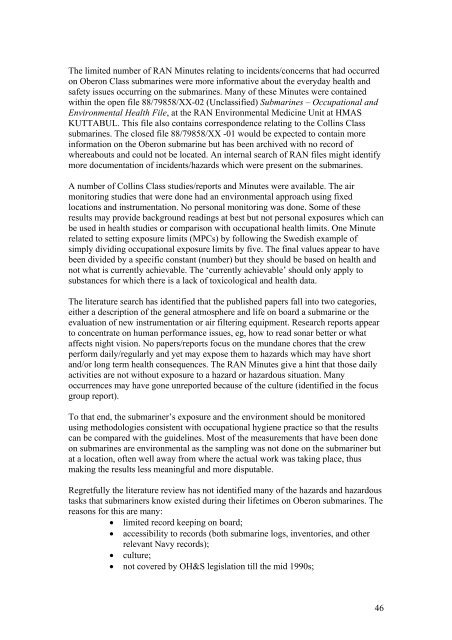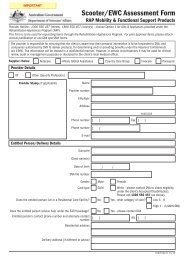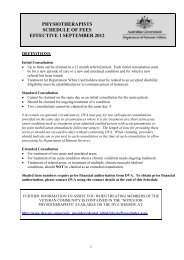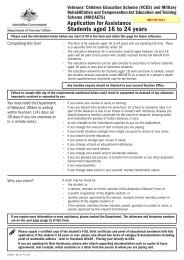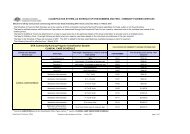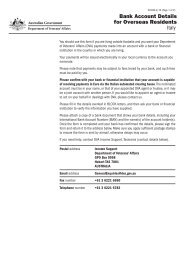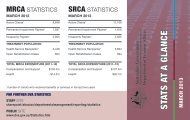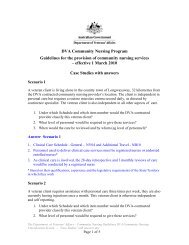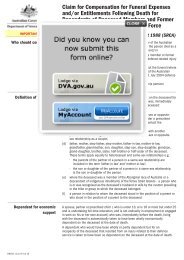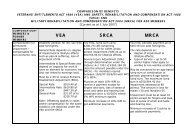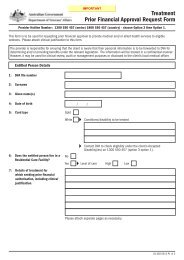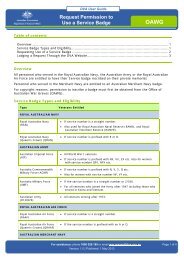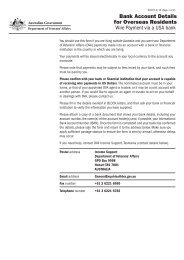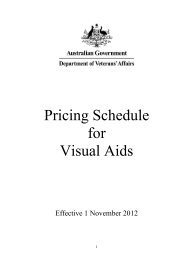Oberon Class Submarine Occupational Hygiene Project Final Report
Oberon Class Submarine Occupational Hygiene Project Final Report
Oberon Class Submarine Occupational Hygiene Project Final Report
You also want an ePaper? Increase the reach of your titles
YUMPU automatically turns print PDFs into web optimized ePapers that Google loves.
The limited number of RAN Minutes relating to incidents/concerns that had occurredon <strong>Oberon</strong> <strong>Class</strong> submarines were more informative about the everyday health andsafety issues occurring on the submarines. Many of these Minutes were containedwithin the open file 88/79858/XX-02 (Unclassified) <strong>Submarine</strong>s – <strong>Occupational</strong> andEnvironmental Health File, at the RAN Environmental Medicine Unit at HMASKUTTABUL. This file also contains correspondence relating to the Collins <strong>Class</strong>submarines. The closed file 88/79858/XX -01 would be expected to contain moreinformation on the <strong>Oberon</strong> submarine but has been archived with no record ofwhereabouts and could not be located. An internal search of RAN files might identifymore documentation of incidents/hazards which were present on the submarines.A number of Collins <strong>Class</strong> studies/reports and Minutes were available. The airmonitoring studies that were done had an environmental approach using fixedlocations and instrumentation. No personal monitoring was done. Some of theseresults may provide background readings at best but not personal exposures which canbe used in health studies or comparison with occupational health limits. One Minuterelated to setting exposure limits (MPCs) by following the Swedish example ofsimply dividing occupational exposure limits by five. The final values appear to havebeen divided by a specific constant (number) but they should be based on health andnot what is currently achievable. The ‘currently achievable’ should only apply tosubstances for which there is a lack of toxicological and health data.The literature search has identified that the published papers fall into two categories,either a description of the general atmosphere and life on board a submarine or theevaluation of new instrumentation or air filtering equipment. Research reports appearto concentrate on human performance issues, eg, how to read sonar better or whataffects night vision. No papers/reports focus on the mundane chores that the crewperform daily/regularly and yet may expose them to hazards which may have shortand/or long term health consequences. The RAN Minutes give a hint that those dailyactivities are not without exposure to a hazard or hazardous situation. Manyoccurrences may have gone unreported because of the culture (identified in the focusgroup report).To that end, the submariner’s exposure and the environment should be monitoredusing methodologies consistent with occupational hygiene practice so that the resultscan be compared with the guidelines. Most of the measurements that have been doneon submarines are environmental as the sampling was not done on the submariner butat a location, often well away from where the actual work was taking place, thusmaking the results less meaningful and more disputable.Regretfully the literature review has not identified many of the hazards and hazardoustasks that submariners know existed during their lifetimes on <strong>Oberon</strong> submarines. Thereasons for this are many:• limited record keeping on board;• accessibility to records (both submarine logs, inventories, and otherrelevant Navy records);• culture;• not covered by OH&S legislation till the mid 1990s;46


